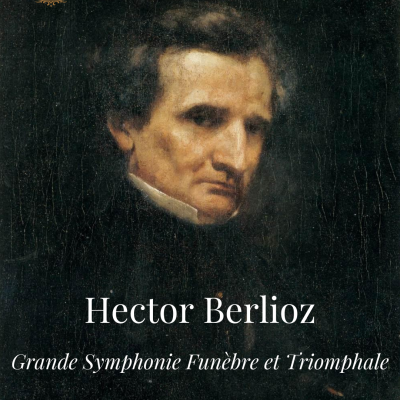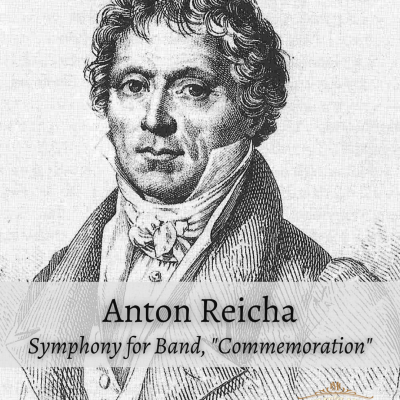Description
Jerome Sorcsek
Symphony No. 2 (1980)
Duration: 40:30
Instrumentation: Wind Band
Difficulty: Level 5, Medium-Advanced
The opening three notes of the Symphony No. 2 not only comprise the beginning of the fugue subject of the first movement, but they also reappear in the other movements as an idée fixe. The bass clarinet starts a solo passage with it just before the end of the second movement. The horns and euphonium state it briefly near the end of the third movement. Late in the fourth movement, it appears in the piccolo, extended by a few more notes of the fugue subject. At the end of the movement, the non- pitched tom toms play the shape of the idée fixe.
The second movement’s title refers to a film that was shown in the Czechoslovakia (as it was known then) Pavilion during Expo ’67 in Montreal. The screen was designed as a matrix of boxes on push-pull rods, all computer-operated and rear projected. Each part of the screen could show a part of a larger image, or could display a single image. The individual blocks could be pushed toward the audience and then withdrawn. To reproduce these effects musically, I composed two pieces, one with the quarter note as unit value, and the other with the eighth note as unit value. Even though the eighth note remains constant throughout the movement, the quarter note based measures seem to move at a slower tempo than the eighth note bars. This emulates the effect of the rapid switching among the film’s images. I broke the two pieces apart into one or several measure fragments, and interleaved them as I built the movement. Near the end, the two are superimposed.
The third movement is, for the most part, energetic, and jovial at times. This is my second treatment of the chorale tune “Herzlich lieb hab ich dich, O Herr”. (The other is in the Symphony in Four Chorale Preludes). The principal theme of the movement is simply an arpeggiated major triad in first inversion. Repeated note patterns accompany the chorale tune throughout the movement. Another arpeggiated theme is exposed near the middle of the movement, in contrast with the material already stated.
The fourth movement ends the symphony in a stark, elegiac mood. In the manner of the idée fixe, the third movement’s principal theme also reappears within this movement, first in the timpani, then in the brass.





